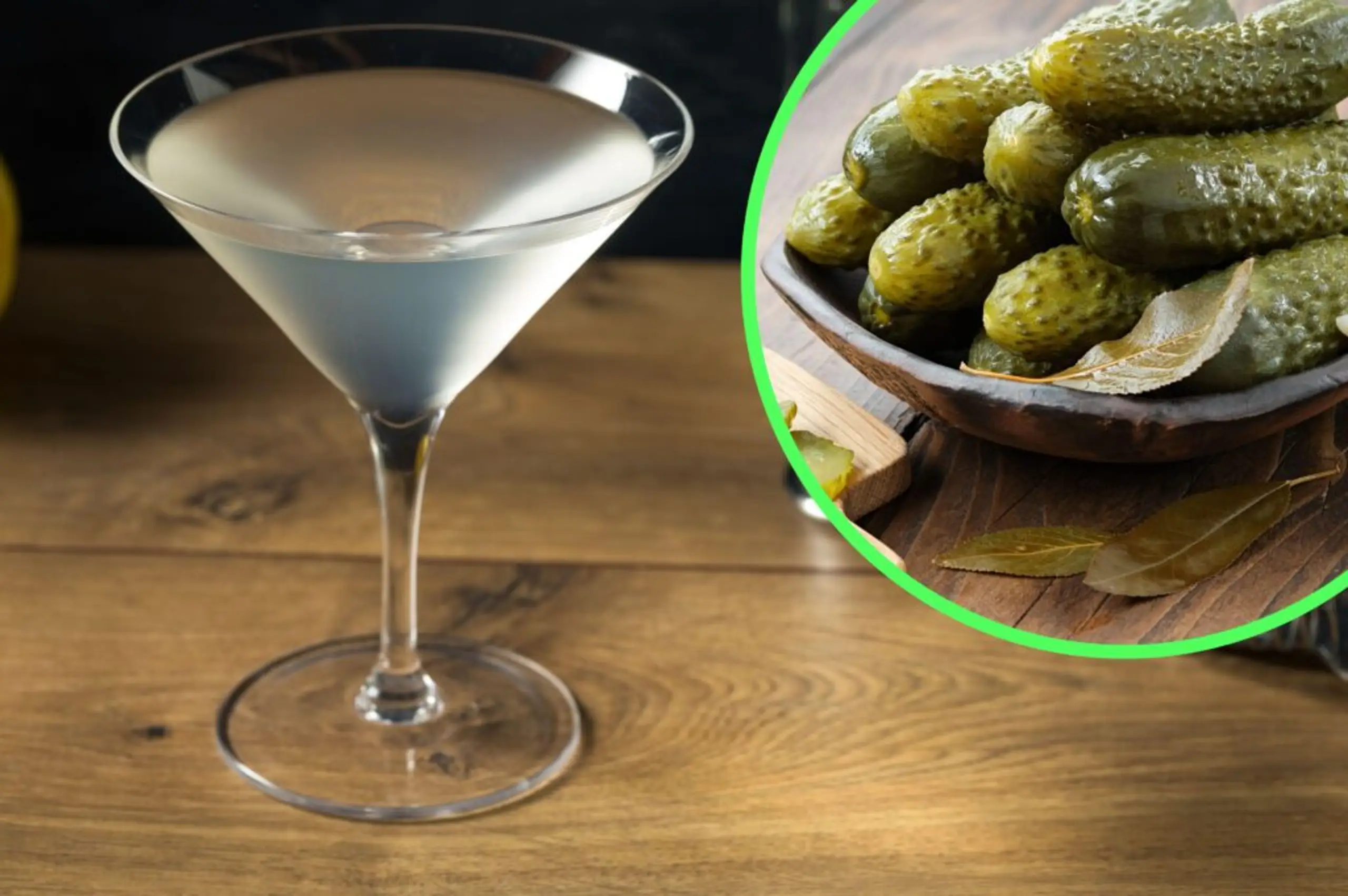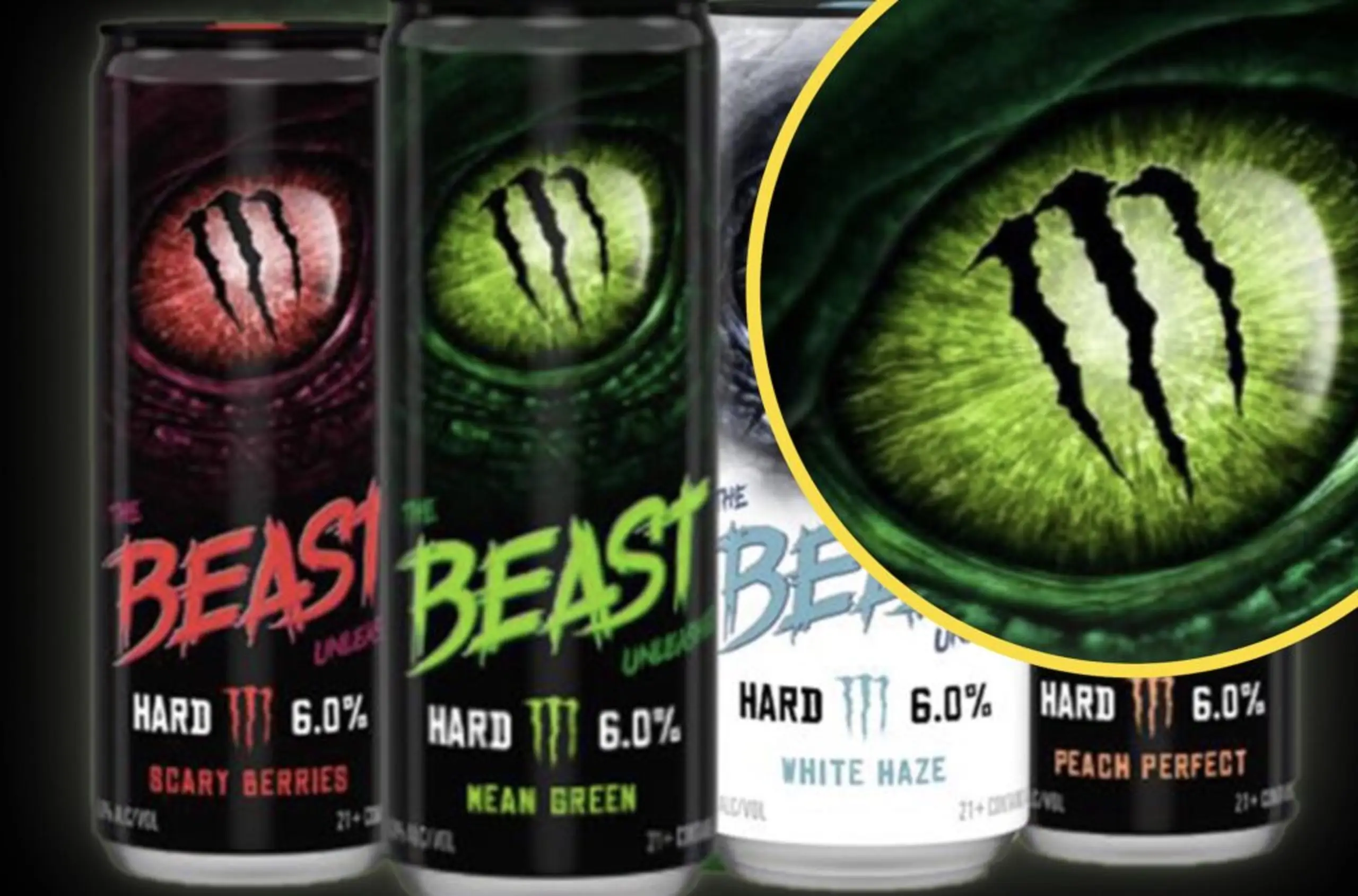Uncategorised
The doomsday diet: how the world plans to feed us after nuclear war
19 Apr 2018
4m
Long before the threat of Cold War-era extermination, people were obsessed with the apocalypse. Painters, poets and priests have all harped on about the end of days for centuries, most with distinctly gloomy predictions. The advent of nuclear weaponry meant that man’s annihilation came closer than ever before, prompting 20th-century politicians to try and tackle the problem of survival in the inevitable future wasteland head on. At the centre of this conundrum was food.
As became abundantly clear after the destruction of Hiroshima and Nagasaki in 1945 and the extensive nuclear tests of the 1950s, surviving armageddon was far more complicated than ducking for cover. In addition to the infernal heat produced by the initial explosion, a nuclear bomb spreads an invisible cloud of lethal radiation for miles over the surrounding area. This radiation can poison and kill anything unfortunate enough to be exposed. To keep as many citizens as possible insulated in the event of a strike, the government quickly realised that bomb shelters and defences needed to be well stocked. In order to ensure survival, a proper plan was needed.
The realisation that Doomsday survival was potentially even more complicated than was first thought prompted political action. In 1955, President Eisenhower’s Federal Civil Defense Administration came up with an initiative that they believed would keep American strike survivors safe in the event of nuclear war. “Grandma’s Pantry” was a propaganda campaign designed to promote responsible precautionary measures in households across the country – instructing homeowners to maintain a seven-day supply of food and water in their nuclear shelters at all times. Featuring long-life products such as Campbell’s Soup and cornflakes, the initiative was advertised on radio stations, televisions and magazines across the country.
However, for the paranoid minds responsible for running the country, it soon became clear that Grandma’s Pantry would not work for the majority of American citizens. If a strike occurred when people weren’t at home, they would be left stranded, leaving hundreds of well-stocked bomb shelters patiently waiting for occupants that would never arrive. The obvious solution was to create a network of public refuges that could cater for a large number of locals at once.
Unfortunately, maintaining such an extensive network of large public shelters with family favourites such as soup and cereal would prove far too expensive for the spendthrift Republican administration. The solution would have to be a whole lot less costly, and therefore less appetising, than the tasty treats in “Grandma’s Pantry”. After a period of testing and development, scientists proudly proclaimed that they had discovered something both cheap and vaguely edible. The All-Purpose Survival Cracker was born.
Measuring about two inches square and looking suspiciously like “small pieces of wall-board”, according to contemporary journalists, the crackers were made from one of the hardiest ingredients found anywhere on earth. Bulgur wheat forms the basis of a number of Middle-Eastern dishes, as it is notoriously resistant to corruption and provides an excellent source of fibre. With a shelf life estimated at over 3,000 years, it seemed that the government had found their solution to unappetising nuclear grub.
Political enthusiasm for the underwhelming cracker was immense. By the end of the campaign in 1964, it was estimated that an astonishing 20 billion of them had been manufactured and sealed in airtight metal tins ready for use. To this day, old nuclear shelters continue to be unearthed, packed to the rafters with disgusting biscuits. A Cold War food enthusiast can even find crackers for sale on eBay, although modern reviews from those unfortunate enough to have tasted them report an “unpleasant taste that remains with you for hours”.
The end of the Cold War brought with it the end of any government sanctioned mass shelter programme. However, easing global tensions have not stopped advances in the doomsday food industry. In America especially, the small but passionate subculture of doomsday “preppers” are determined to avoid being caught out in the event of a nuclear ambush. Many have turned to government sanctioned, military-grade MRE’s (ready-to-eat meals) to stock their fortifications. Supermarket giants Costco have even got in on the act, selling a $6,000 meal kit that contains enough food for 36,000 servings. Though we may not be able to rely on the government to protect us, there are still a number of options for the concerned citizen.
This is not to say that the government haven’t given any thought to the post-strike world. They just aren’t concerned about us anymore. Across America, for instance, facilities such as Raven Rock and Mount Weather have been chiselled into mountain sides to form small underground cities, complete with every amenity that the political elite could ever need. The Pentagon’s air defence Headquarters at NORAD even comes complete with a Subway sandwich stall. Clearly, a political career pays in more ways than one.
If the rest of us do have to look forward to a future where our diet revolves around the tin-opener, there are a number of options on the table. Many doomsday preppers will point to advances in long-life food tech, such as dried eggs and cricket powder. However, given the reviews that some of these bizarre products have had, the wasteland may not hold much for the discerning foodie. Faced with months spent dining on survival crackers and spam, the bomb might seem like the lesser of two evils.



